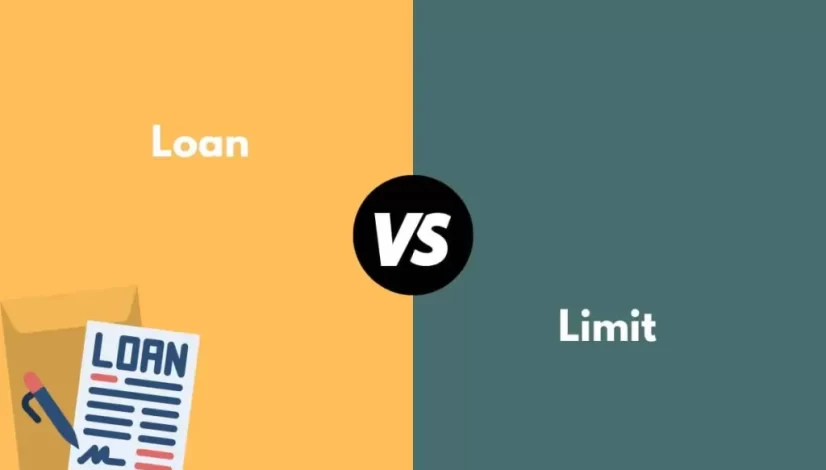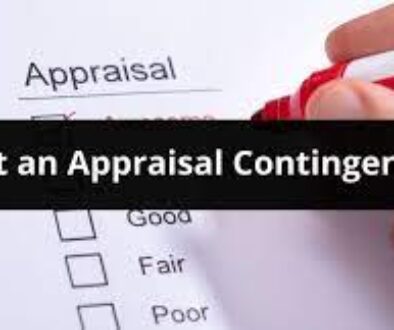Loan Limits in California: What You Need to Know
Loan Limits
If you’re planning to buy a home or refinance a mortgage in California, understanding loan limits is essential. Loan limits determine the maximum amount you can borrow under different loan programs, and they vary based on factors such as the type of loan and the county where the property is located. Here’s a comprehensive guide to help you navigate loan limits in California.
What Are Loan Limits?
Loan limits are caps set by government-sponsored enterprises (GSEs) like Fannie Mae and Freddie Mac or other regulatory bodies. These limits dictate the maximum loan amount eligible for backing by these entities. Loan limits are crucial because they influence the type of loan you can qualify for and the terms you’ll receive.
Conventional Loan Limits in California
The Federal Housing Finance Agency (FHFA) sets the conforming loan limits for conventional loans each year. As of 2025, the baseline conforming loan limit for a single-family home is $765,600. However, higher-cost areas in California, like Los Angeles and San Francisco, have higher limits due to elevated property values. In these areas, the limit can go up to $1,089,300.
FHA Loan Limits in California
Federal Housing Administration (FHA) loan limits also vary by county. FHA loans are popular among first-time homebuyers due to their lower down payment requirements. In 2025, the standard FHA loan limit in low-cost areas of California starts at $472,030, while in high-cost areas, it can reach up to $1,089,300 for single-family homes.
VA Loan Limits in California
For eligible veterans and active-duty service members, VA loans are an excellent option. As of 2020, the VA removed loan limits for borrowers with full entitlement, allowing them to purchase high-value homes without a maximum cap. However, lenders may still impose their own limits based on risk assessment.
Jumbo Loan Limits in California
If your loan amount exceeds the conforming loan limit, you’ll need a jumbo loan. These loans are common in California due to the high property values. Jumbo loans typically require higher credit scores, larger down payments, and stricter underwriting standards.
Factors That Influence Loan Limits
- County Location: High-cost counties have higher limits than low-cost ones.
- Property Type: Limits differ for single-family homes, multi-unit properties, and investment properties.
- Loan Type: FHA, VA, and conventional loans each have distinct limits.
How to Determine Loan Limits in Your Area
To find the loan limit in your specific county, use the online lookup tools provided by FHFA, FHA, or VA. You can also consult with a local mortgage lender for personalized advice.
Why Loan Limits Matter
Understanding loan limits can help you:
- Determine the type of loan best suited to your needs.
- Avoid unnecessary costs, like private mortgage insurance (PMI), by staying within conforming limits.
- Plan your home purchase or refinancing more effectively.
Final Thoughts
Navigating loan limits in California can seem complex, but with the right knowledge, you can make informed decisions about your mortgage options. Whether you’re purchasing a home in a high-cost area or refinancing an existing loan, understanding these limits is key to securing the best terms.
For more information or personalized guidance, contact a trusted mortgage professional today. They can help you explore your options and find the loan that fits your financial goals.
📞Contact us at 657-777-0024
🌐 https://thelendingmamba.com/
Email: Info@thelendingmamba.com




